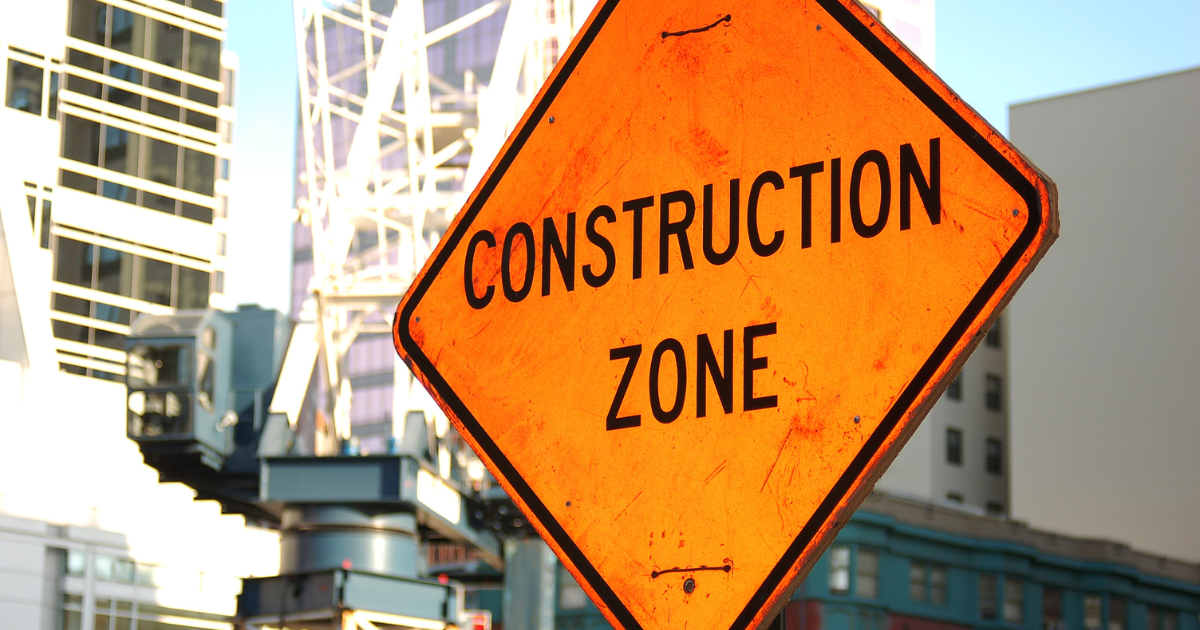Superior Court Expands Builder’s Liability For Subsequent Purchasers
Purchasing a new construction home involves certain risks. Without normal wear and tear or the passage of time to uncover latent defects, discovering...
4 min read
Alan Nochumson : Mar 3, 2008 9:00:00 AM

What happens when a newly constructed home is not built in a workmanlike manner? The homeowner will certainly look to the builder for remediation. Assuming the builder is at fault, is the builder’s insurance company obligated to indemnify and otherwise defend the builder during litigation?
In Millers Capital Insurance Company v. Gambone Brothers Development Co., Inc., the Superior Court of Pennsylvania refused insurance coverage to a builder who was sued by homeowners for faulty workmanship to their homes. In essence, the Superior Court found that a builder would only be protected against accidental phenomena, not claims predicated on allegations of negligent construction.
Gambone, a real estate firm headquartered in Montgomery County, planned, developed, and built two housing developments in the Delaware Valley. To cover its unforeseen risks and hazards, Gambone purchased the following insurance policies from Millers: a primary package policy (PL policy) that provided both property and liability coverage to Gambone; an umbrella excess policy to protect Gambone from exposure in an amount exceeding the policy limits of any other policy Gambone had, or would, purchase; and a commercial general liability policy (CGL).
When two separate groups of homeowners who had purchased their homes in communities developed by Gambone suffered damage to their homes attributable to faulty workmanship, Gambone sought coverage under these insurance policies.
The first group of homeowners had experienced water leaks in their respective homes, which, according to their complaint, “were the result of ‘construction defects and product failures’ . . . the homes’ vapor barriers, windows, roofs, and stucco exteriors.” After Millers received notice of the lawsuit from Gambone, Millers filed a declaratory judgment action, seeking an order declaring that Millers had no duty to defend or indemnify Gambone against the claims brought by the homeowners.
The litigation by the homeowners eventually proceeded to arbitration where they obtained an award in excess of $1 million against Gambone. On the day of the award, Gambone sent a notice of claim to Millers. Millers denied coverage.
The second set of homeowners was comprised of a married couple who had purchased a home where Gambone had allegedly “used defective stucco known as ‘drivit’ in building the exterior of the . . . home.” In the filed complaint, the homeowners alleged that “the defective drivit resulted in ‘delamination, peeling, disfigurement, compromise of structural integrity, infiltration by the elements, mold, cracking of the exterior cladding, and moisture penetration and entrapment in and through said system’” and that “the defects are the result of poor workmanship during the initial construction of the [h]ome, including, without limitation, the improper or faulty design, implementation, workmanship, and supervision of the application of the exterior finish of the [h]ome by” Gambone.
Millers denied coverage to Gambone and filed a declaratory judgment action against Gambone for the same reasons set forth in the first lawsuit.
The two lawsuits were eventually consolidated and, at the summary judgment stage, the trial court declared that Millers had no duty to defend or indemnify Gambone for the arbitration award in the first lawsuit or defend or indemnify Gambone in the second lawsuit.
In granting summary judgment, the trial court cited the following two passages of the CGL and PL policies: “[w]e will pay those sums that the insured becomes legally obligated to pay as damages because of ‘bodily injury’ or ‘property damage’ to which this insurance applies” and “[t]his insurance applies to ‘bodily injury’ and ‘property damage’ only if: (1) [t]he ‘bodily injury’ or ‘property damage’ is caused by an ‘occurrence’ that takes place in the ‘coverage territory’.” The trial court then noted that the policies “define an ‘occurrence’ as ‘an accident, including continuous or repeated exposure to substantially the same general harmful conditions’.”
Relying upon the cited policy language, the trial court found that Pennsylvania Supreme Court’s recent decision in Kvaerner Metals Division of Kvaerner of United States, Inc. v. Commercial Union Insurance Co., was controlling.
In Kvaerner, the Supreme Court held that language in a commercial general liability policy identical to the language in the CGL and PL policies set forth above was unambiguous and did not provide coverage for claims against the insured which were premised on allegations of faulty workmanship in constructing a coke oven battery.
Gambone then appealed the trial court’s ruling to the Superior Court of Pennsylvania.
Gambone attempted to distinguish the facts and circumstances of the underlying lawsuits from Kvaerner. Specifically, Gambone contended that the nature of the damage sustained by their homes varied from the nature of the damage to the coke oven battery in Kvaerner.
Gambone argued that the underlying lawsuits did not merely involve claims for faulty workmanship that led to the failure of the stucco exteriors but also involved claims for ancillary and accidental damage caused by the resulting water leaks to non-defective work inside the home interiors. As such, Gambone believed that the resulting water damage constituted an “occurrence” even though the damage to the faulty stucco exteriors did not.
The Superior Court reasoned that “the weight of common sense collapses the distinction Gambone attempts to create.” According to the Superior Court, “[t]he Kvaerner Court held the terms ‘occurrence’ and ‘accident’ in the CGL policy . . . contemplated a degree of fortuity that does not accompany faulty workmanship” and, in reaching this holding, the Court suggested that natural and foreseeable acts, such as rainfall, which tend to exacerbate the damage, effect, or consequences caused ab initio by faulty workmanship also cannot be considered sufficiently fortuitous to constitute an ‘occurrence’ or ‘accident’ for the purposes of an occurrence based CGL policy.”
In doing so, the Superior Court concluded that “damage caused by rainfall that seeped through faulty home exterior work to damage the interior of a home was not a fortuitous event that would trigger coverage.”
The Superior Court also refused to inquire into Gambone’s “reasonable expectations” in purchasing the CGL and PL policies.
The Superior Court did not address whether the doctrine applied to a sophisticated commercial enterprise such as Gambone. Instead, the Superior Court left that “question[] for another day” because the policies clearly defined coverage.
According to the Superior Court, “[i]t is . . . well-settled that the focus of any inquiry regarding issues of coverage under an insurance policy is the reasonable expectations of the insured. An insured, however, may not complain that its reasonable expectations have been frustrated when the applicable policy limitations are clear and unambiguous.”
With that in mind, the Superior Court stated that “[t]he policy limitation at issue – namely, the definition of occurrence – is unambiguous as a matter of plain language and judicial construction” and since “Gambone has failed in its attempts to demonstrate latent ambiguity, the reasonable expectations doctrine is inapplicable.”
The Superior Court warned of the consequences if the doctrine was applied in the way advocated by Gambone: “if we were to allow an insured to override the plain language of a policy limitation anytime he or she was dissatisfied with the limitation by simply invoking the reasonable expectations doctrine, the language of insurance policies would cease to have meaning and, as a consequence, insurers would be unable to project risk. The inability to project risk would dissuade insurers from doing business in the Commonwealth and the net result would be an increase in premiums for consumers. We refuse to set such a deleterious sequence of events into motion.”
Reprinted with permission from the March 3, 2008 edition of The Legal Intelligencer © 2008 ALM Media Properties, LLC. All rights reserved. Further duplication without permission is prohibited. For information, contact 877-257-3382, reprints@alm.com or visit www.almreprints.com.

Purchasing a new construction home involves certain risks. Without normal wear and tear or the passage of time to uncover latent defects, discovering...

This situation is all too common in my practice—individuals purchase a home and, afterward, they discover defects with the home that were not...

Letters of intent are commonly used in the commercial landlord-tenant context. In the simplest sense, a letter of intent is a desire for the parties...